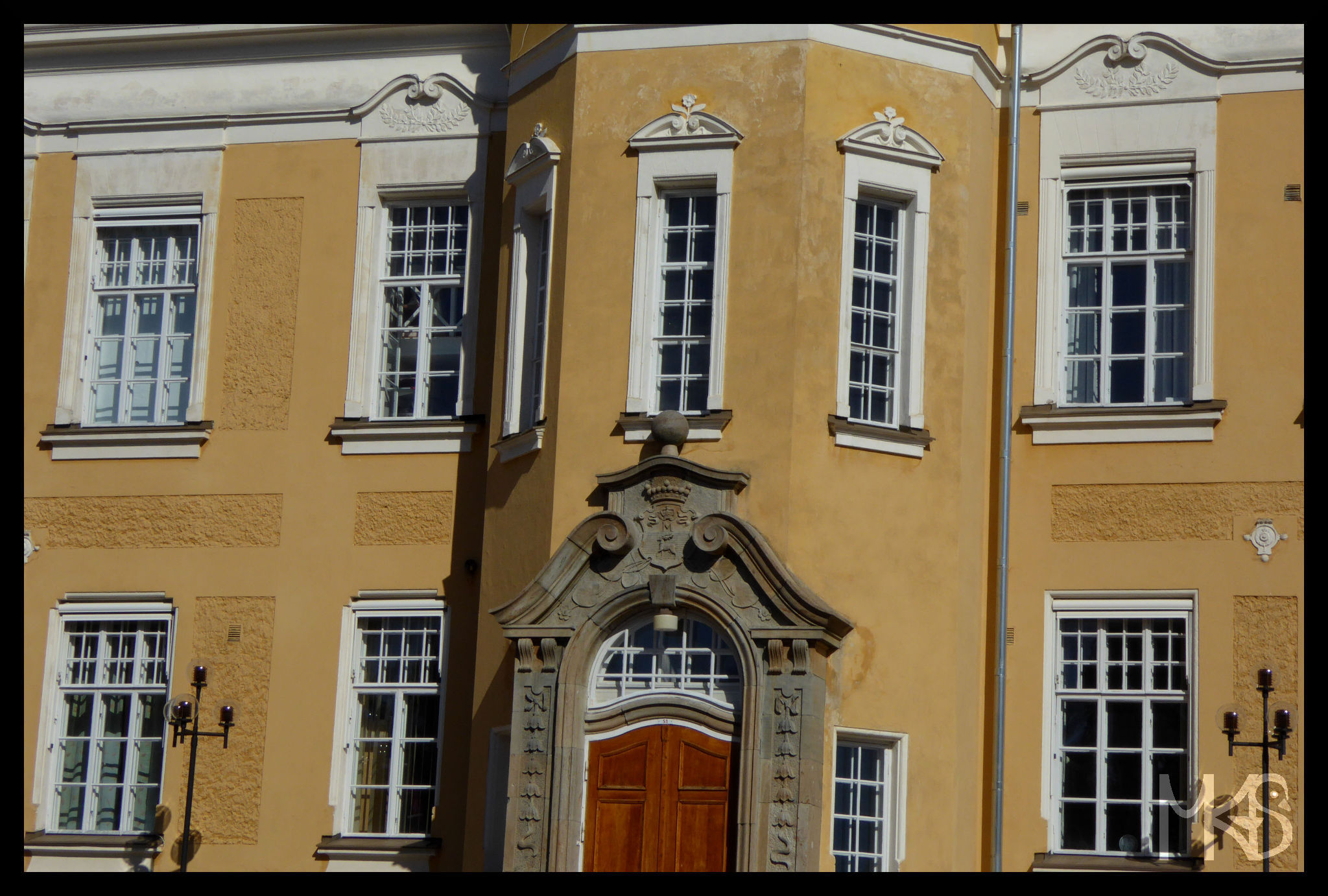
Åland has its own government and parliament.
__________________________________________________________
Wyspy Alandzkie mają swój rząd i parlament.

Åland has its own government and parliament.
__________________________________________________________
Wyspy Alandzkie mają swój rząd i parlament.
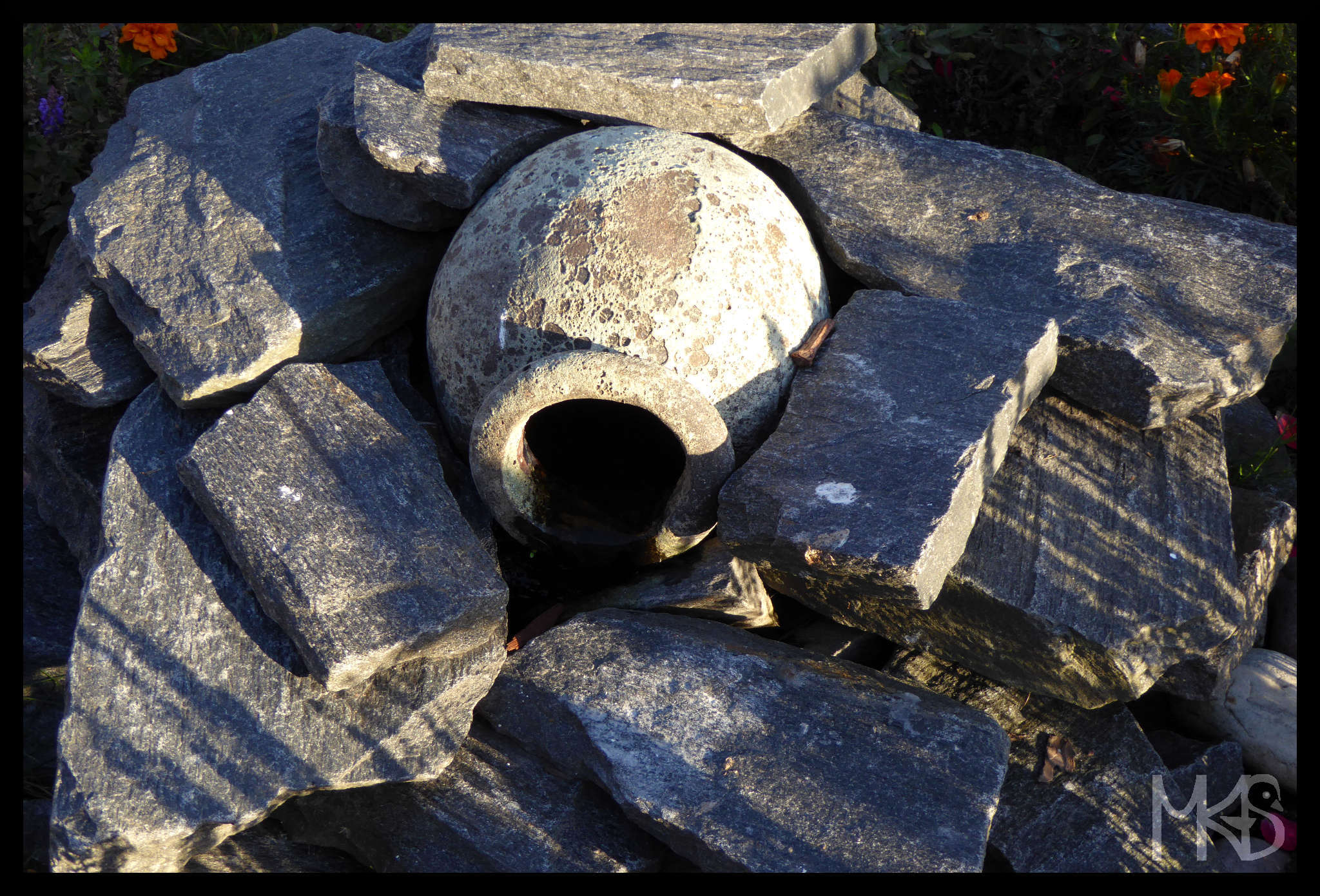
The official currency of the Aland Islands is euro, however Swedish krona is accepted in many places.
__________________________________________________________
Euro jest oficjalną walutą Wysp Alandzkich, jednak korona szwedzka jest akceptowalną formą płatności w wielu miejscach.
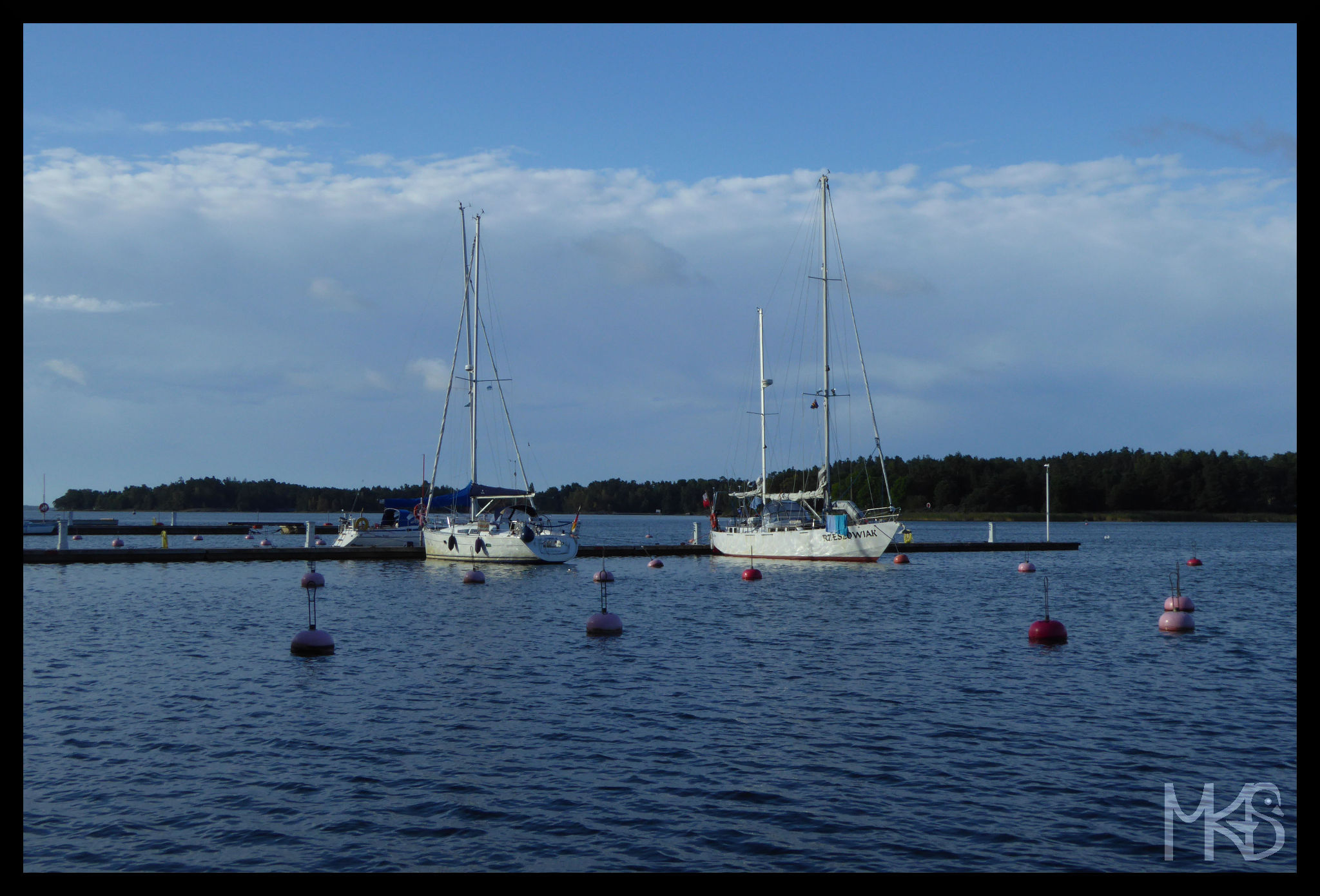
The Aland Islands is an autonomous region of Finland, but based on many aspects they are more like Sweden (Swedish language, culture, etc.) than Finland.
__________________________________________________________
Wyspy Alandzkie są autonomią fińską, jednak pod wieloma względami bardziej przypominają Szwecję.
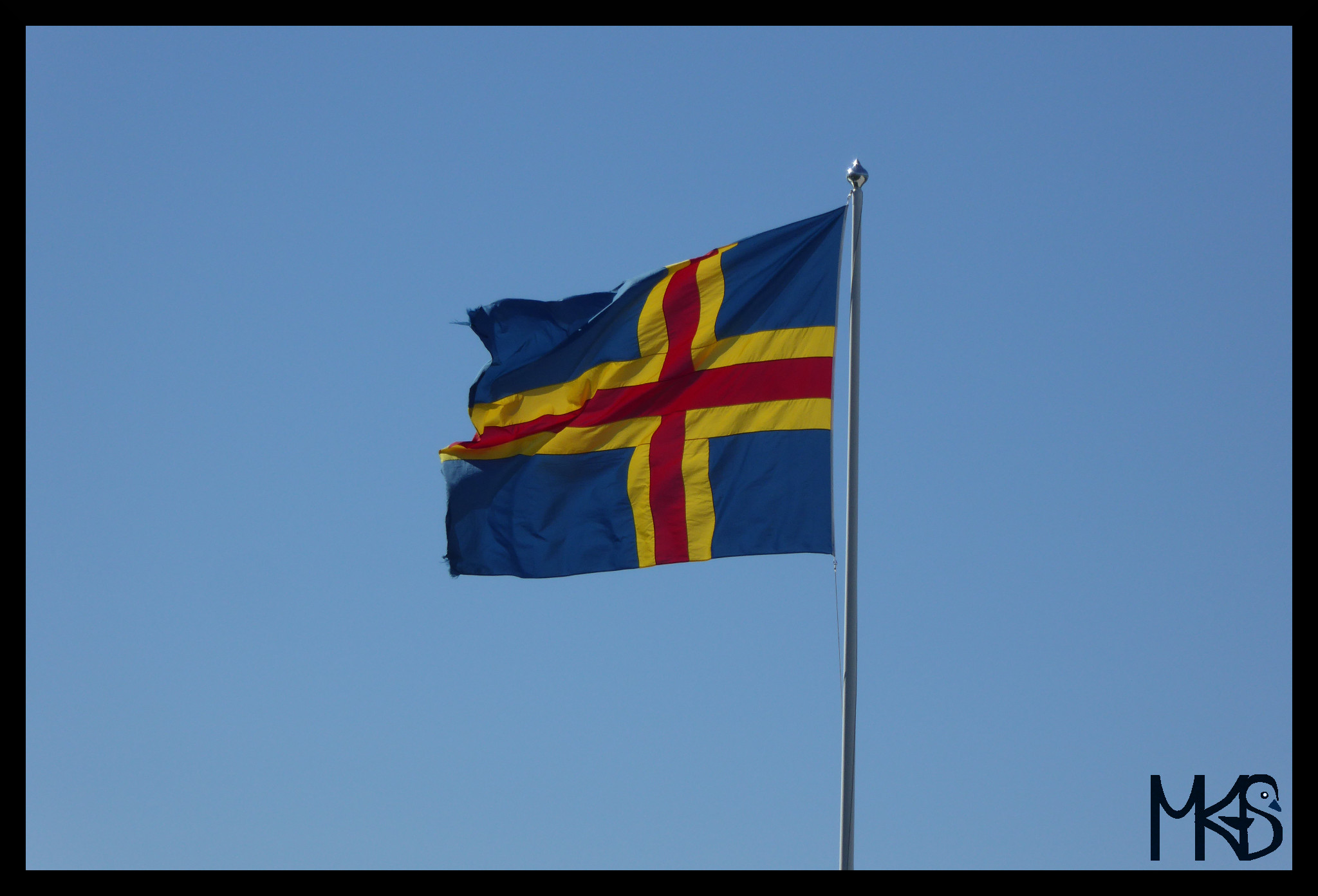
The Aland Islands have its own flag (toady’s picture) and it looks more like Swedish flag (seen in yesterday’s photo) than a Finnish flag.
__________________________________________________________
Wyspy Alandzkie mają swoją flagę (dzisiejsze zdjęcie), ale bardziej przypomina ona bardziej flagę szwedzką (widoczna na wczorajszym zdjęciu) niż fińską.
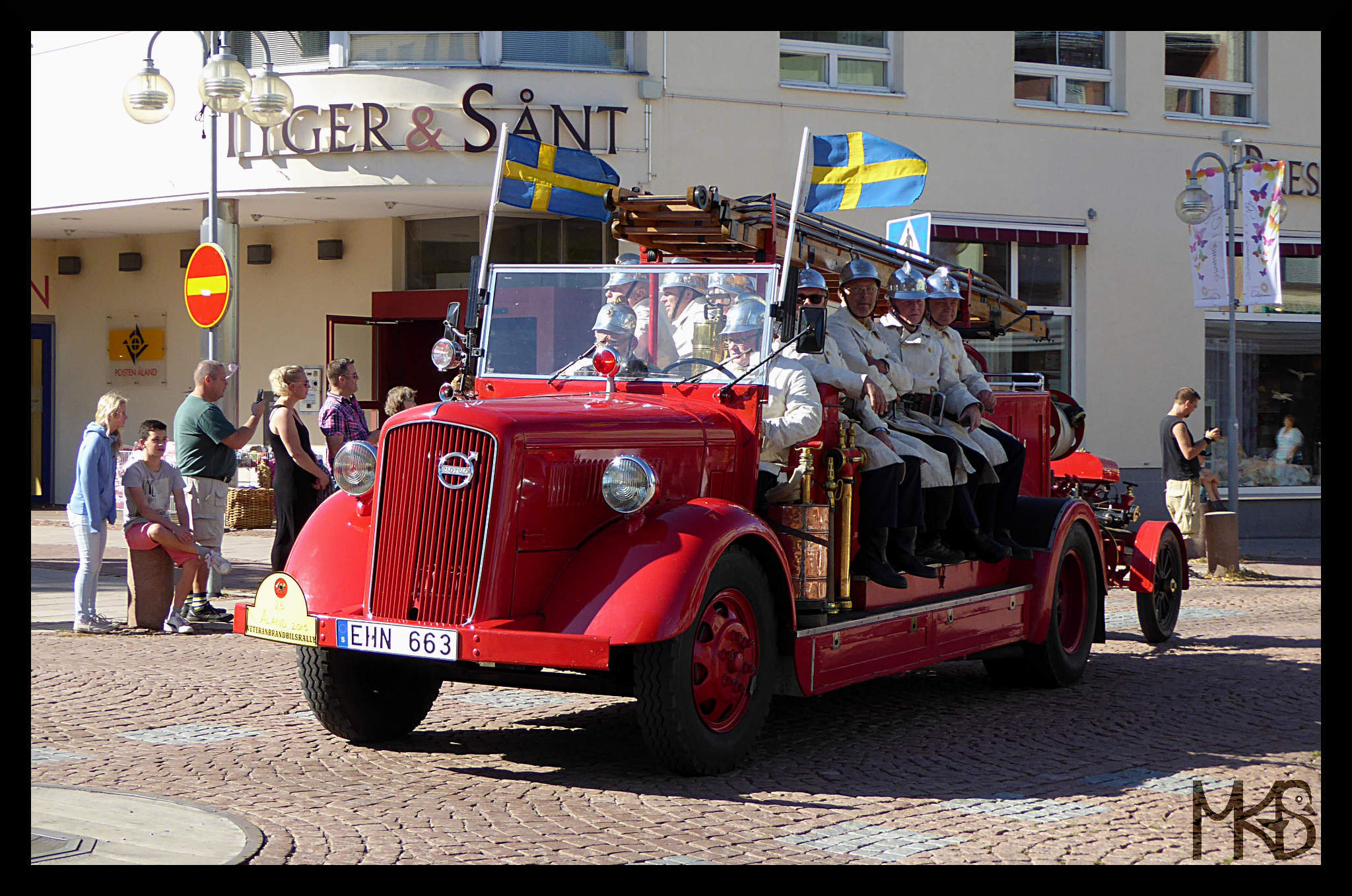
The Aland Islands is a Finnish region, but residents speak Swedish!
__________________________________________________________
Wyspy Alandzkie to autonomia fińska, ale obywatele wysp posługują się językiem szwedzkim!
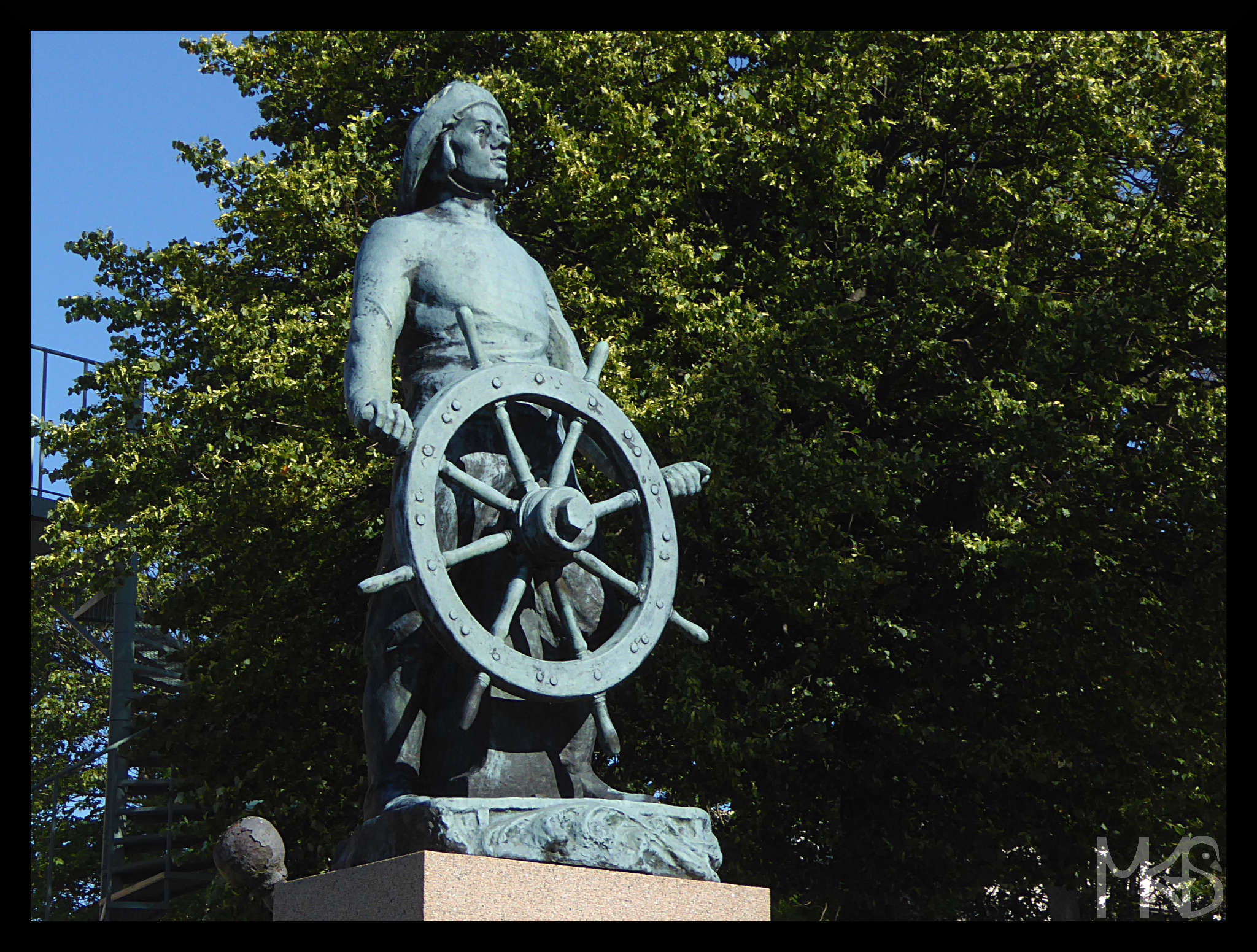
The Aland Islands legally belong to Finland, they are also part of the European Union and the Schengen Agreement,
but…
__________________________________________________________
Wyspy Alandzkie oficjalnie należą do Finlandii, są też częścią Unii Europejskiej oraz strefy Schengen,
ale…
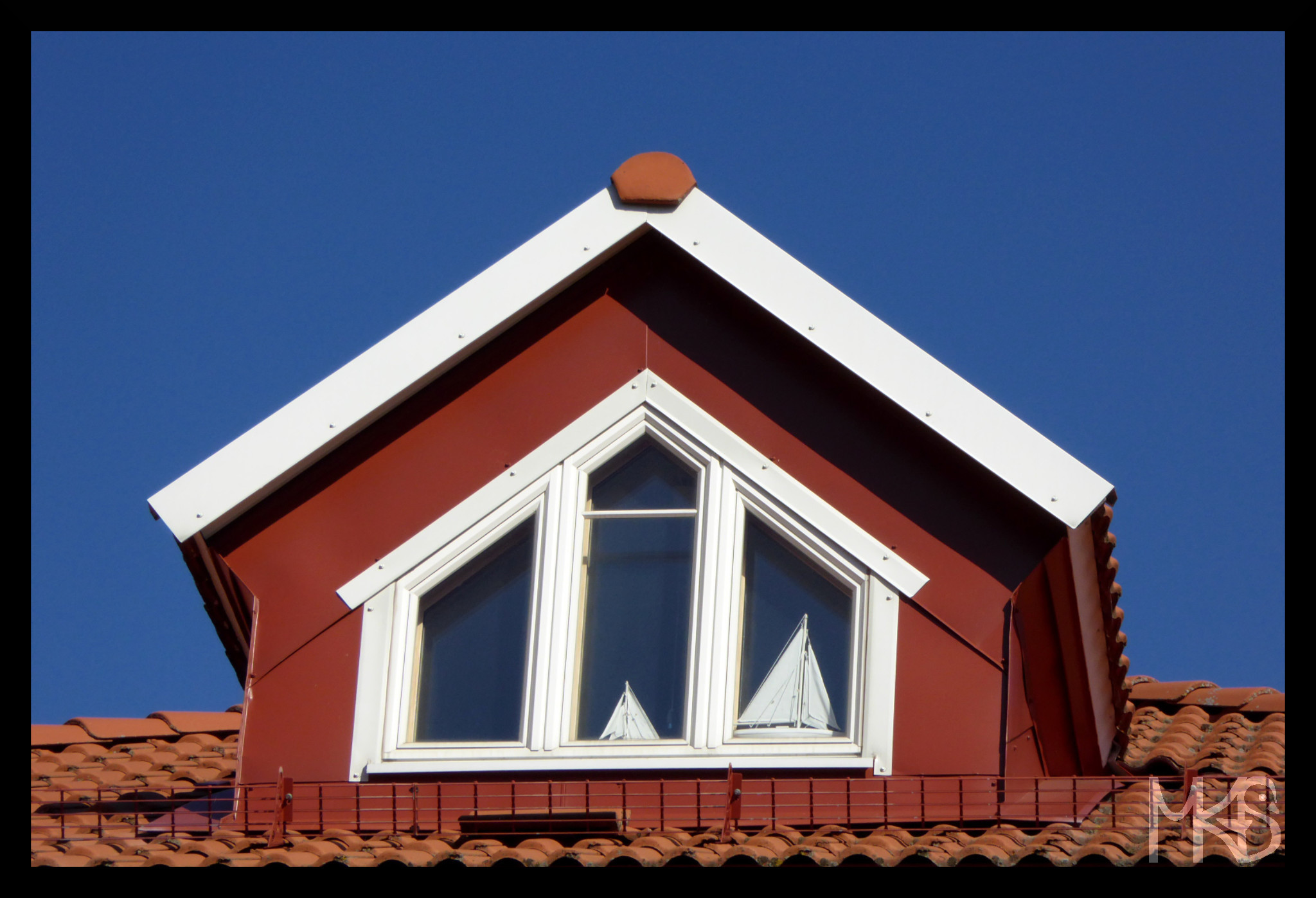
The Aland Islands are located between Sweden and Finland.
__________________________________________________________
Wyspy Alandzkie usytuowane są pomiędzy Szwecją, a Finlandią.
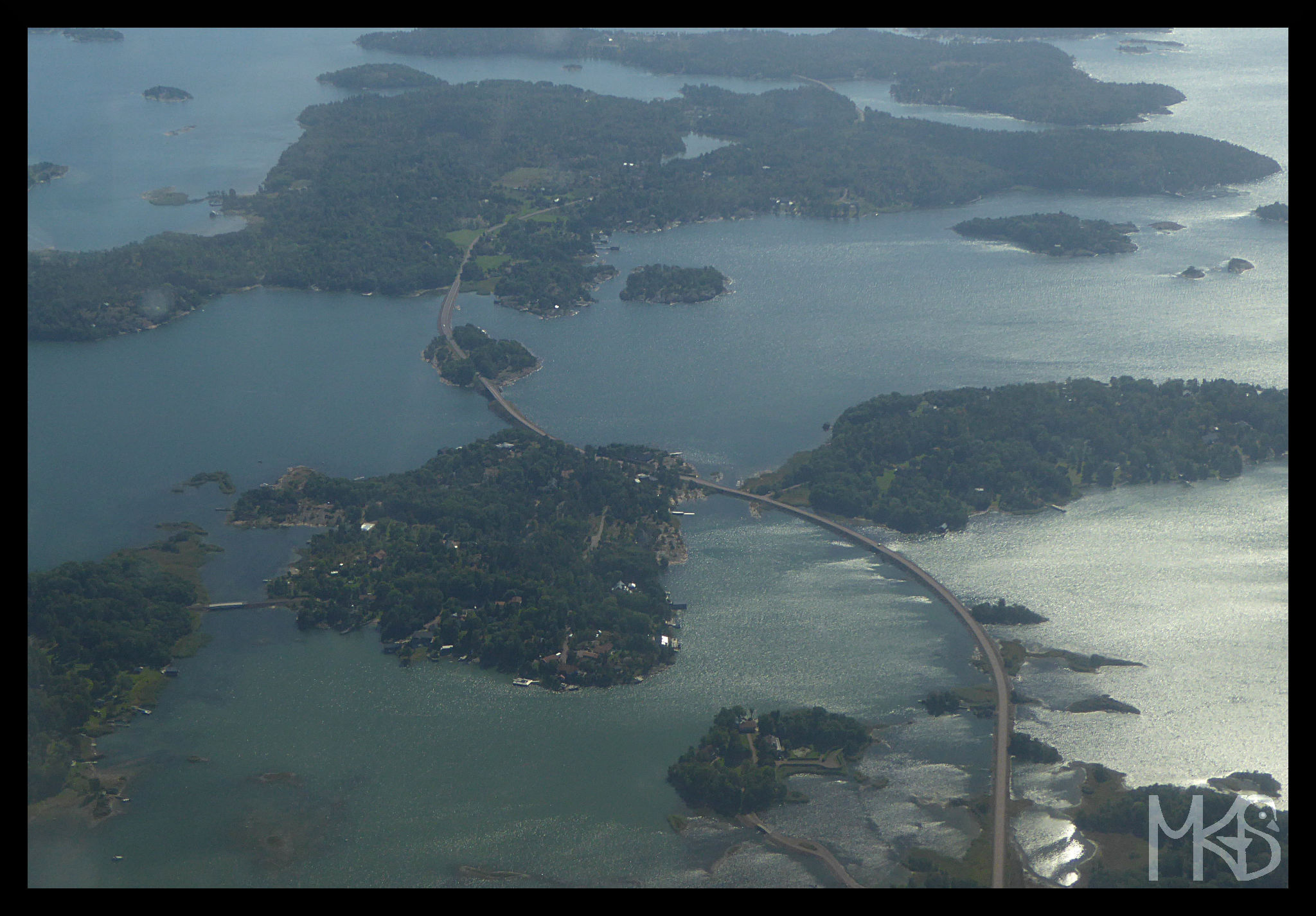
Åland consists of about 6,700 islands, but only eighty of them are inhabited.
__________________________________________________________
Na Wyspy Alandzkie składa się około 6700 wysepek, jednak tylko 80 z nich jest zamieszkanych.
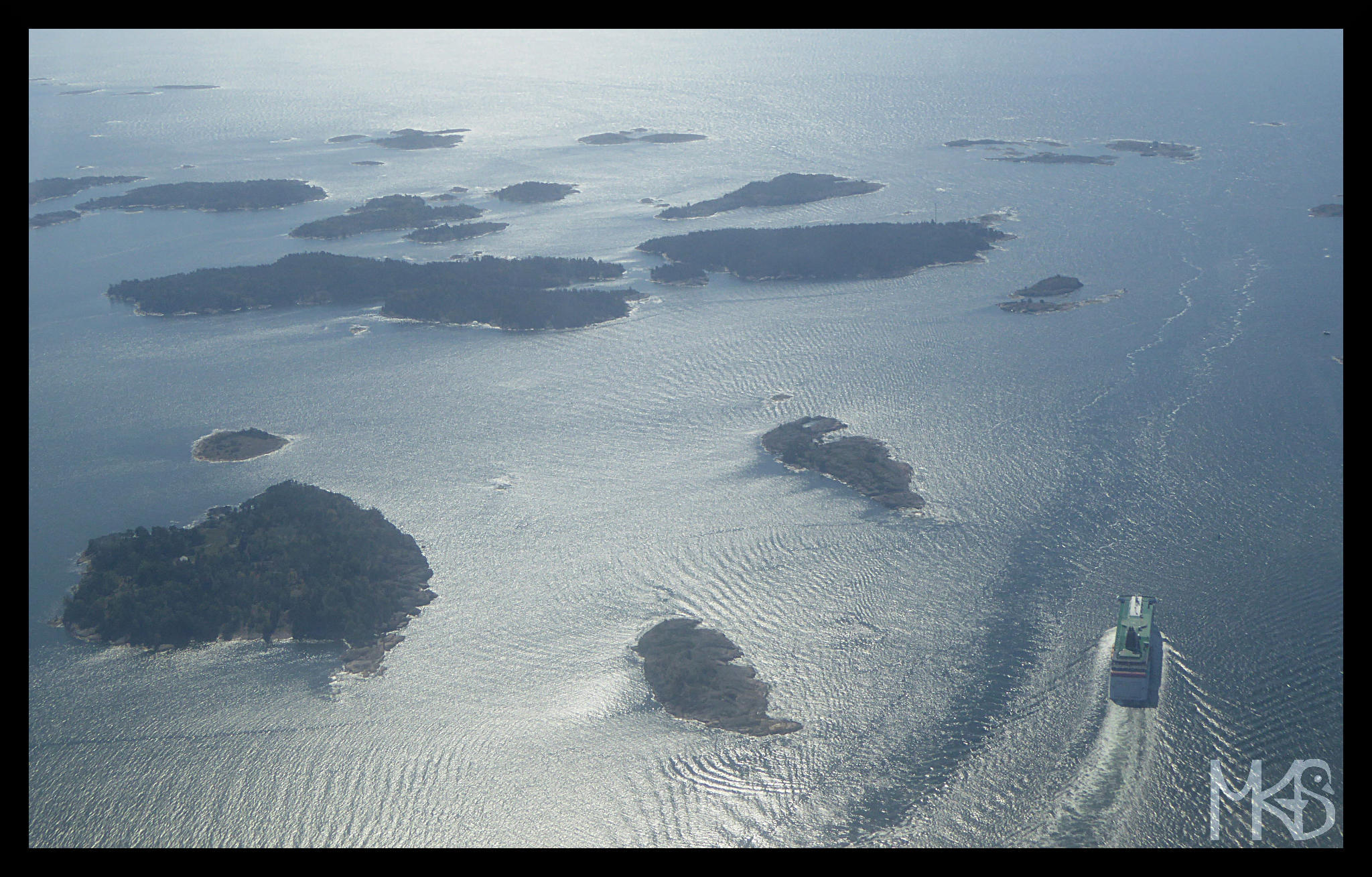
The Aland Islands is an autonomous region situated in the Baltic Sea.
The total area and population of Aland Islands is not so big, thus my posts this month are going to be quite short – a small piece of information everyday. 🙂
Well, February is also a short month, so let’s keep everything short. 😉
__________________________________________________________
Wyspy Alandzkie to prowincja autonomiczna znajdująca się na Morzu Bałtyckim.
Wyspy Alandzkie zajmują małą powierzchnię, liczba ich mieszkańców także jest niewielka, stąd moje posty na temat wysp też będą dość krótkie – codziennie króciutka informacja o wyspach. 😉
Poza tym, luty jest krótkim miesiącem – tym bardziej posty będą pasować. 😉
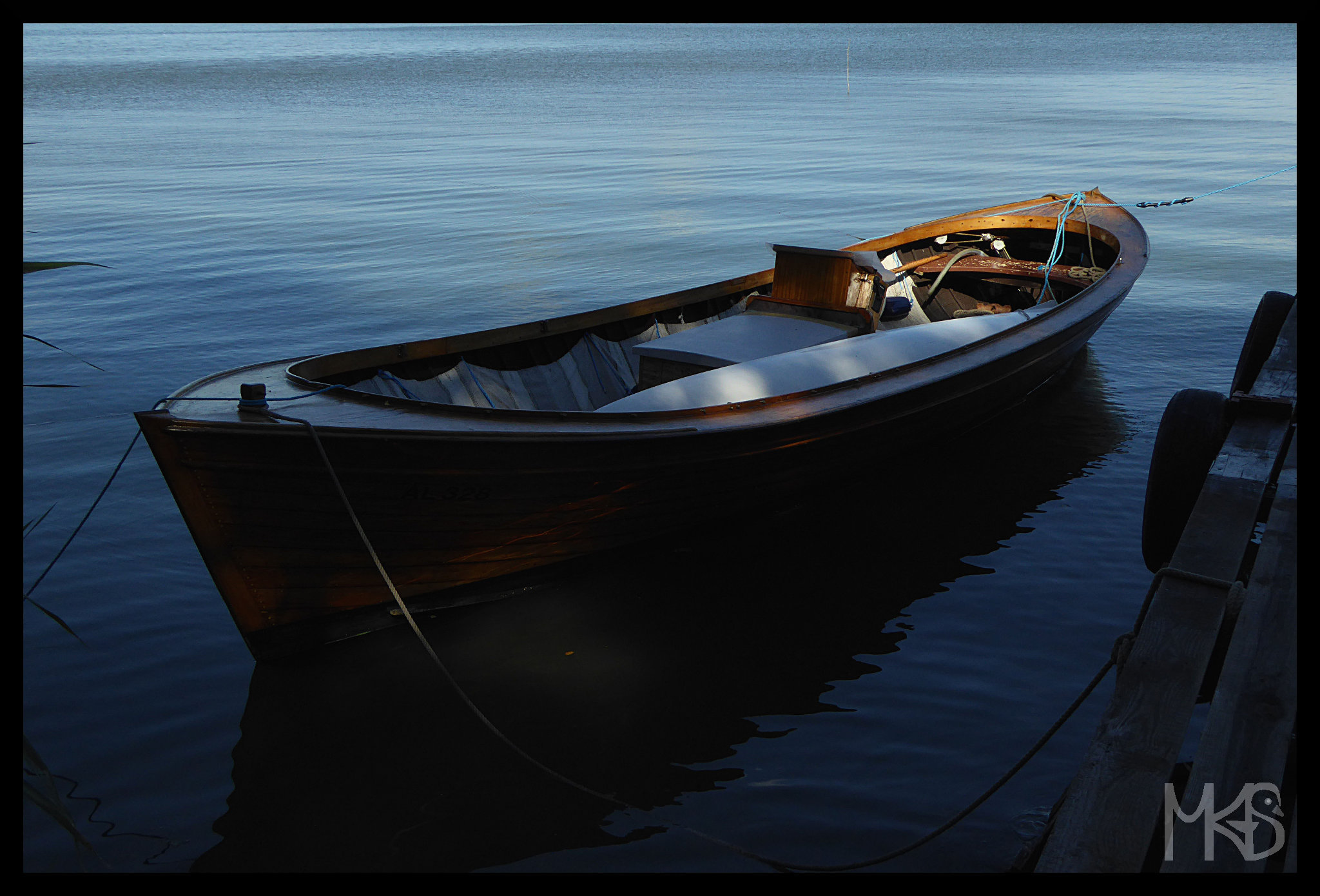
Welcome in February! 🙂
This month, I’ll show you my pictures from the Åland Islands.
Have you ever heard about this place? If so, hopefully you’ll enjoy this month on my blog.
But, if you have no idea what Åland Islands are – please don’t check them now, wait till the end of February. 😉 I want to show you them through my pictures. 🙂
Today, I just want to promise you “lazy” and sunny posts in February.
Please, stay tuned! 🙂
__________________________________________________________
Witajcie w lutym! 🙂
W tym miesiącu pokażę Wam zdjęcia z Wysp Alandzkich.
Znacie to miejsce? Jeżeli tak, to mam nadzieję, że spodobają Wam się moje posty.
A jeżeli nie macie pojęcia czym są Wyspy Alandzkie – to proszę nie sprawdzajcie tego, a przynajmniej poczekajcie do końca miesiąca. 😉
Dzisiaj mogę obiecać dużo “leniwych” i słonecznych zdjęć w lutym. 🙂
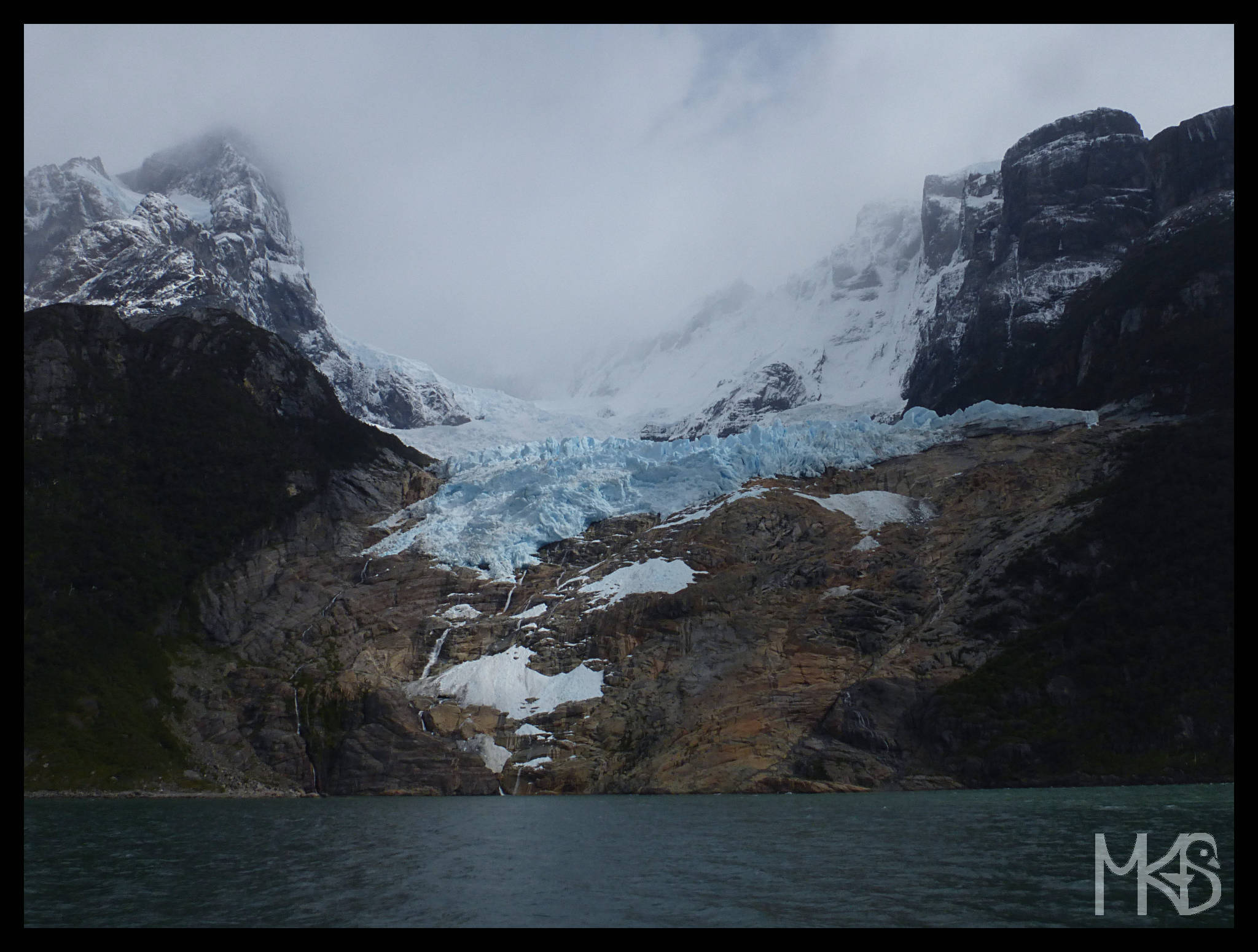
And today, we have already the last post from January.
How did you like my Chilean impressions?
p.s. Tomorrow, a new monthly series starts, this time it’s going to be about a bit unusual place. 🙂
See you in February!
__________________________________________________________
Dzisiaj już ostatnie styczniowe zdjęcie na moim blogu.
Jak Wam się podobały moje chilijskie wrażenia?
p.s. Jutro rozpocznie się kolejny miesiąc na moim blogu, tym razem poświęcony trochę nietypowemu miejscu. 🙂
Do zobaczenia w lutym!
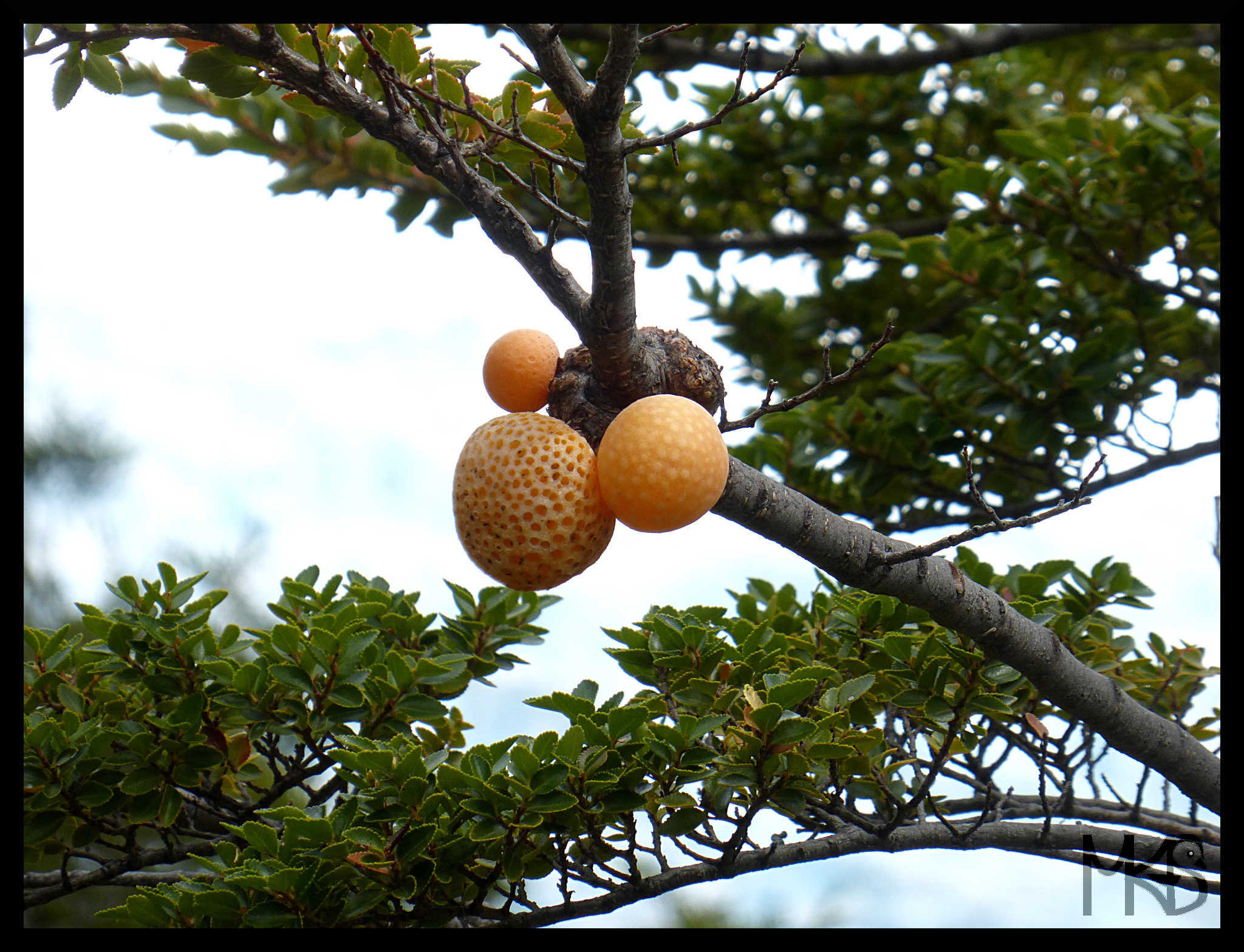
Today, I wanted to show you a special bread…
While hiking in Patagonia I saw many times these strange, orange plants growing on trees. Do you know what’s that? It’s a fungi, apparently non-toxic and edible (yes, I tried it) called Darwin’s Fungus or Indian Bread.
__________________________________________________________
Dzisiaj, chciałam Wam pokazać dość specyficzny chleb…
Podczas wędrówek po Patagonii, wielokrotnie widziałam dziwną, pomarańczową roślinę rosnącą na drzewach. Wiecie co to takiego? To rodzaj grzyba, (podobno jadalny, cóż próbowałam…), nazywany bywa indiańskim chlebem, lub grzybem Darwina.
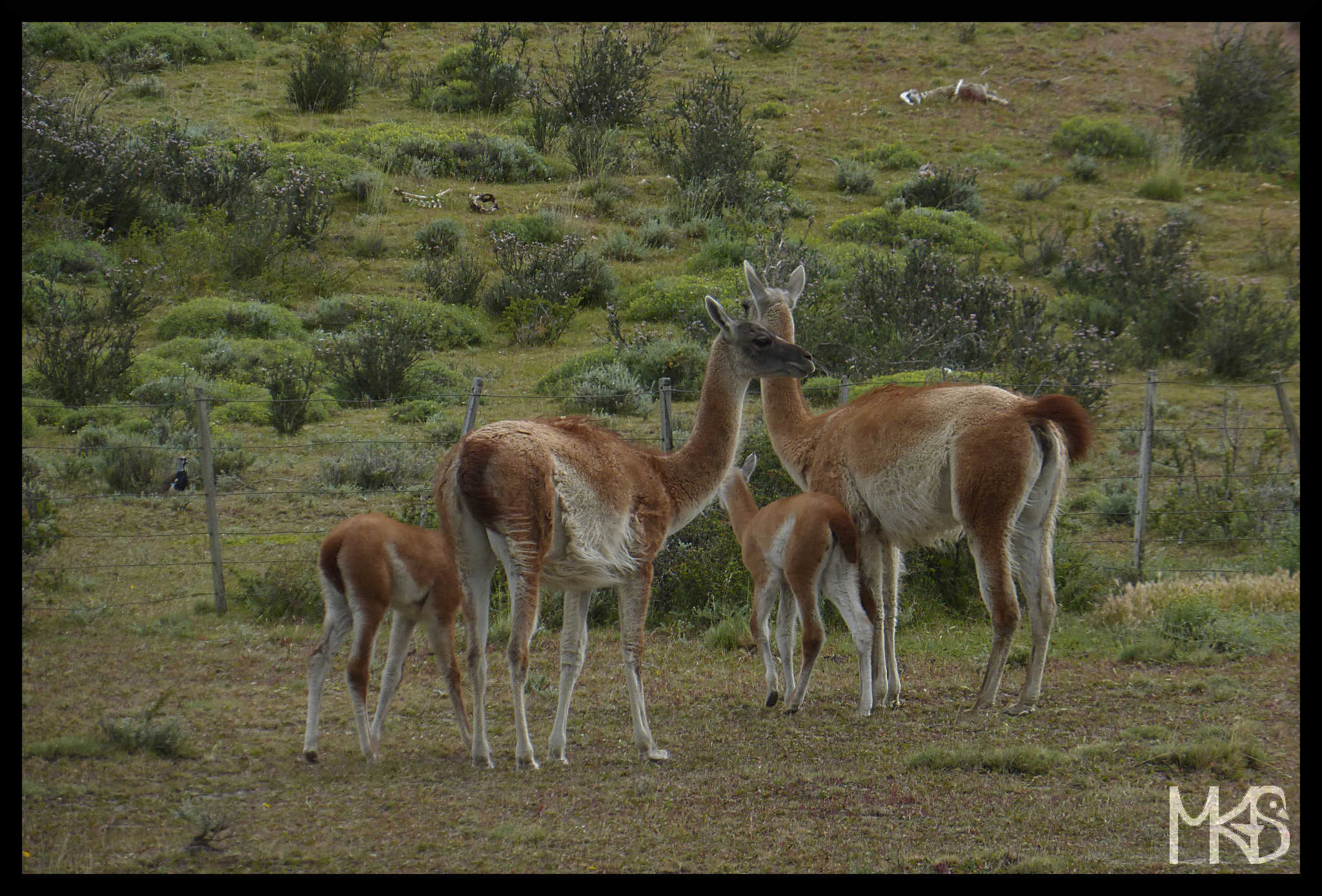
Tierra del Fuego is an archipelago that belongs partly to Argentina and Chile.
For a short time it was famous because of a gold rush and you can still find some remains from that period.
Tierra del Fuego is located in Patagonia, so there is beautiful nature with cute animals, as you see in today’s picture. 🙂
__________________________________________________________
Tierra del Fuego, czyli Ziemia Ognista, to archipelag należący częściowo do Argentyny i Chile.
Przez krótki okres, było to znane miejsce wśród poszukiwaczy złota i obecnie można znaleźć pewne pozostałości tej “ery”.
Ziemia Ognista znajduje się Patagonii, więc spodziewajcie się zobaczyć tutaj wyjątkową przyrodę i urocze zwierzaki (jak na dzisiejszym zdjęciu). 🙂
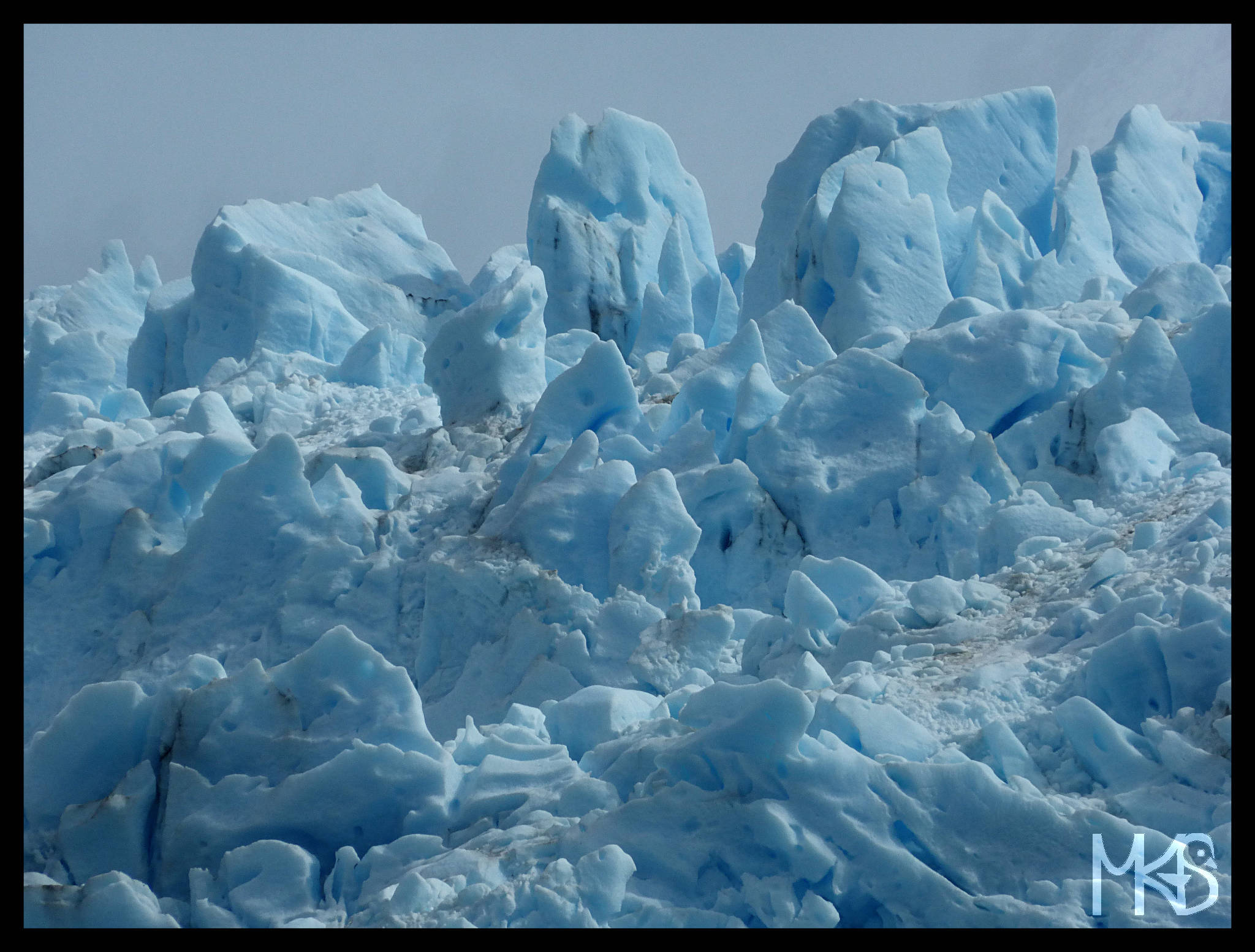
We’re in Patagonia, so I have to show you glaciers. 🙂
It may sounds a bit boring, when each time, I’m extra excited about Patagonia; but there are plenty of scenic landscapes with cute animals, so it’s so easy to fall in love with Patagonia. 🙂
__________________________________________________________
Skoro jesteśmy jeszcze w Patagonii, to muszę pokazać przynajmniej jedno zdjęcie z lodowcem. 🙂
Moje posty o Patagonii mogą się wydawać trochę nudne, gdyż za każdym razem zachwycam się jej pięknem. Musicie mi wybaczyć, ale Patagonia skradła moje serce. 🙂
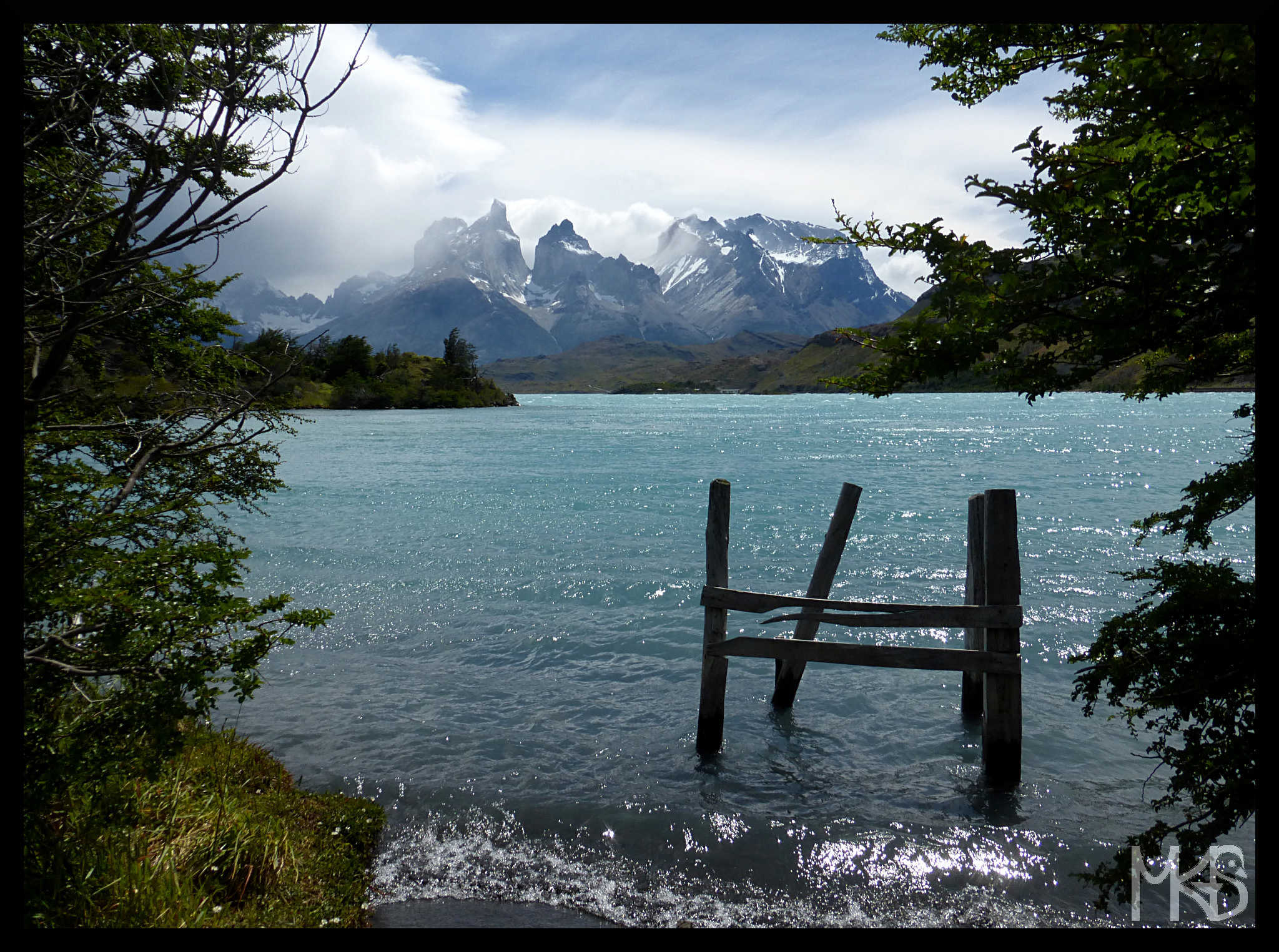
Torres del Paine is a national park in Chilean Patagonia with famous three rock towers that give the park its name. The park covers a wonderful area with mountains, lakes and glaciers. You’ll find there different hiking paths, and it’s a very good idea to spend there a while. 🙂
__________________________________________________________
Torres del Paine to park narodowy w chilijskiej Patagonii. Jego nazwa pochodzi od słynnych trzech wież skalnych (widocznych w tle dzisiejszego zdjęcia). Do parku warto się wybrać by nacieszyć się patagońską przyrodą, nad którą za każdym razem się zachwycam 🙂 .
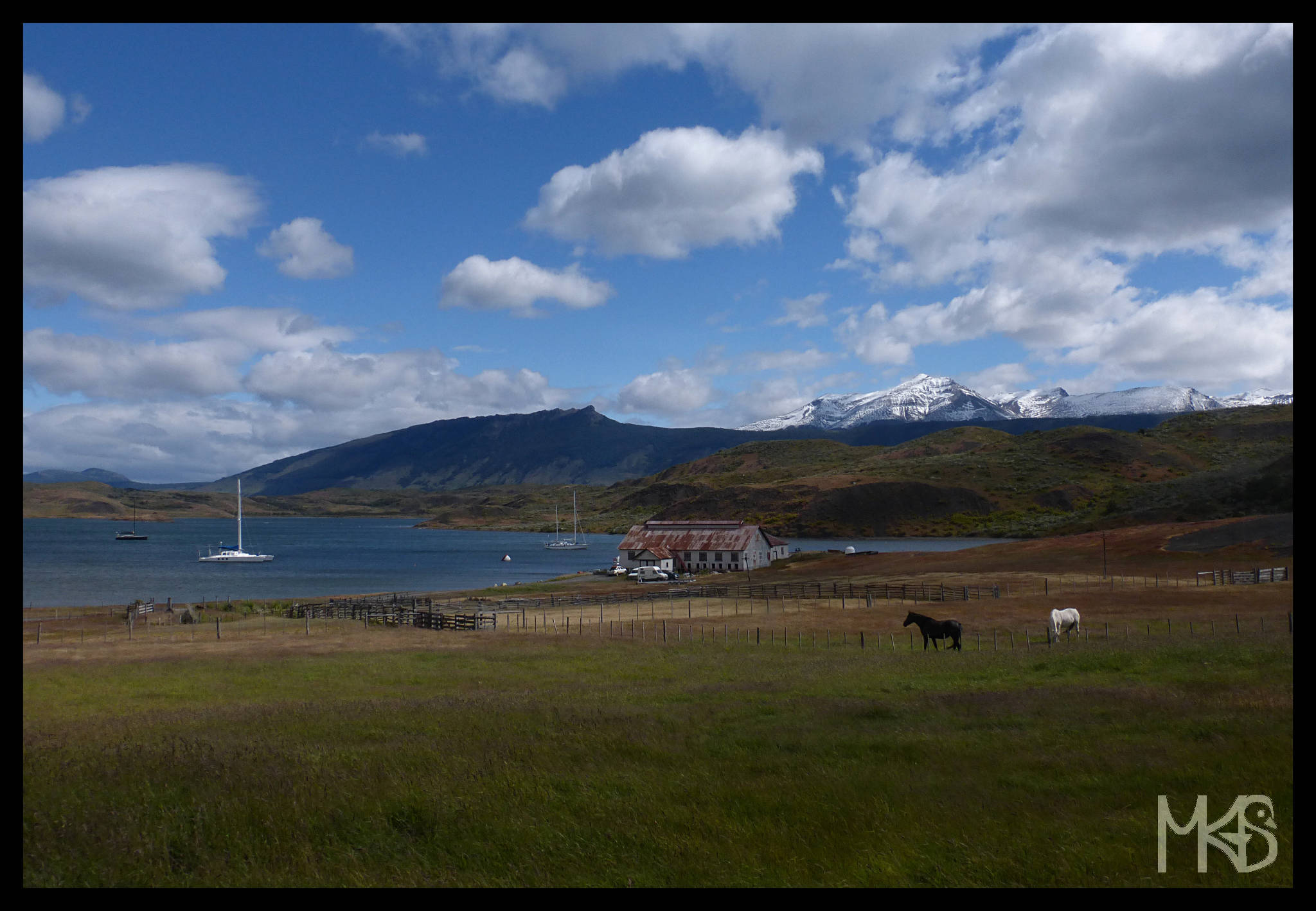
Puerto Natales is a town in Chilean Patagonia often considered as a base for visiting famous Torres del Paine National Parks; however it’s quite a distance to get there. Anyway, there is lovely nature everywhere around.
__________________________________________________________
Puerto Natales to miasteczko w chilijskiej Patagonii, które bywa uznawane za miejsce, z którego można się wybrać do słynnego Parku Narodowego Torres del Paine. Wspaniałe krajobrazy znajdziemy również w wielu okolicznych miejscach.
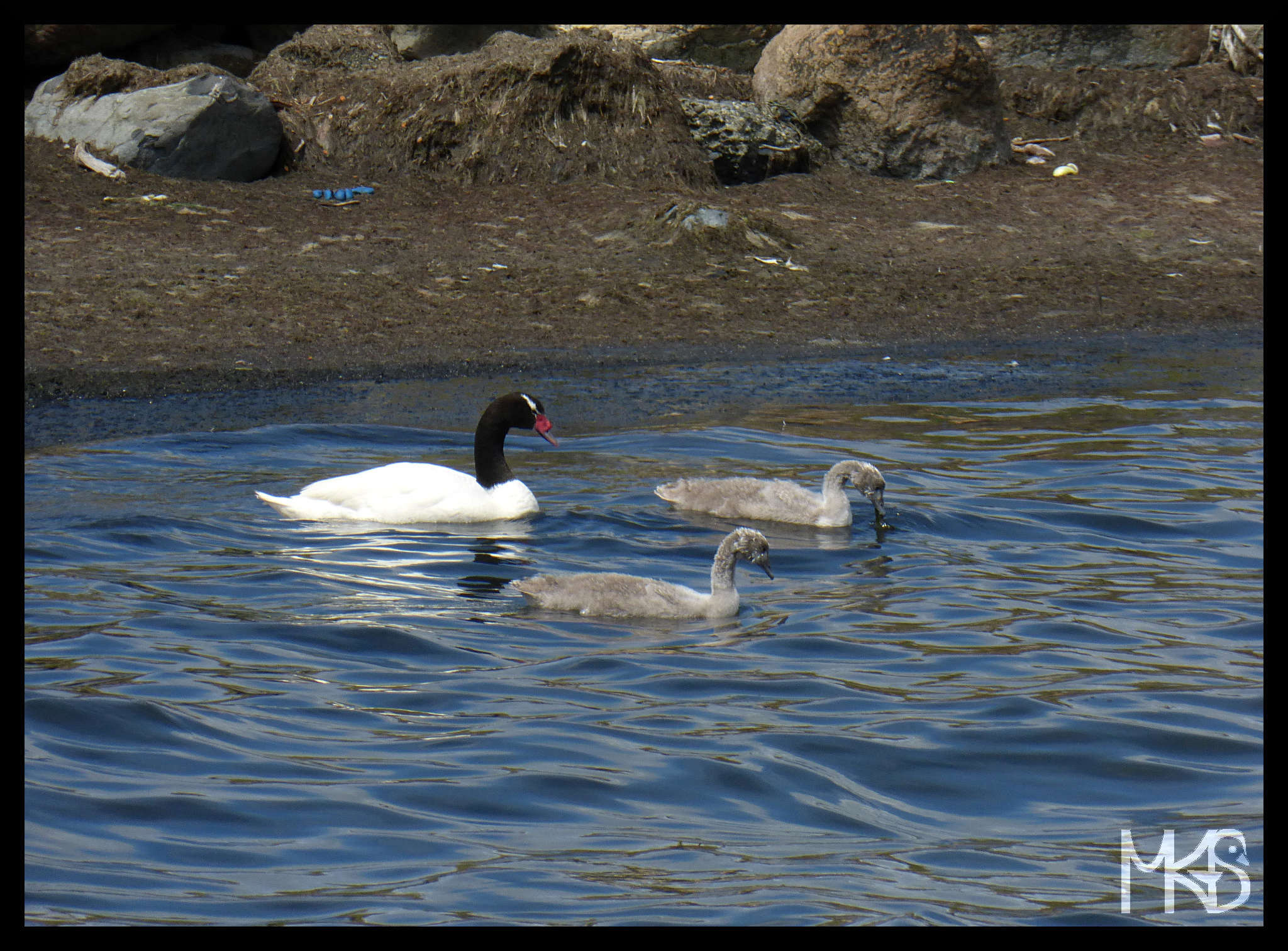
Punta Arenas is the city located in Chilean Patagonia, in a region called: XII Region of Magallanes and Chilean Antarctica. Punta Arenas is also the capital of this region and the place that can be easily reached by bus or airplane.
Once you’re there, you can start exploring wonderful nature of Patagonia.
I saw in Wikivoyage a funny, but true (!) information about the weather in Punta Arenas:
“Don’t trust the weather forecast, usually you can get rain, wind, and sun all in the same day. Snow is always expected to fall in the winter.” – That’s the perfect description…
__________________________________________________________
Punta Arenas to miasto w chilijskiej Patagonii będące stolicą regionu XII zwanego “Magallanes i Antarktyda chilijska”. Do Punta Arenas można się łatwo dostać samolotem albo autobusem aby móc rozpocząć swoją chilijsko-patagońską przygodę. 😉
Nie zapomnijcie, że tutaj pogoda zmienia się bardzo szybko i warstwy odzieży chroniącej przed deszczem i wiatrem bardzo się przydadzą. Ale wszelkie niedogodności pogodowe cudna przyroda zrekompensuje. 🙂
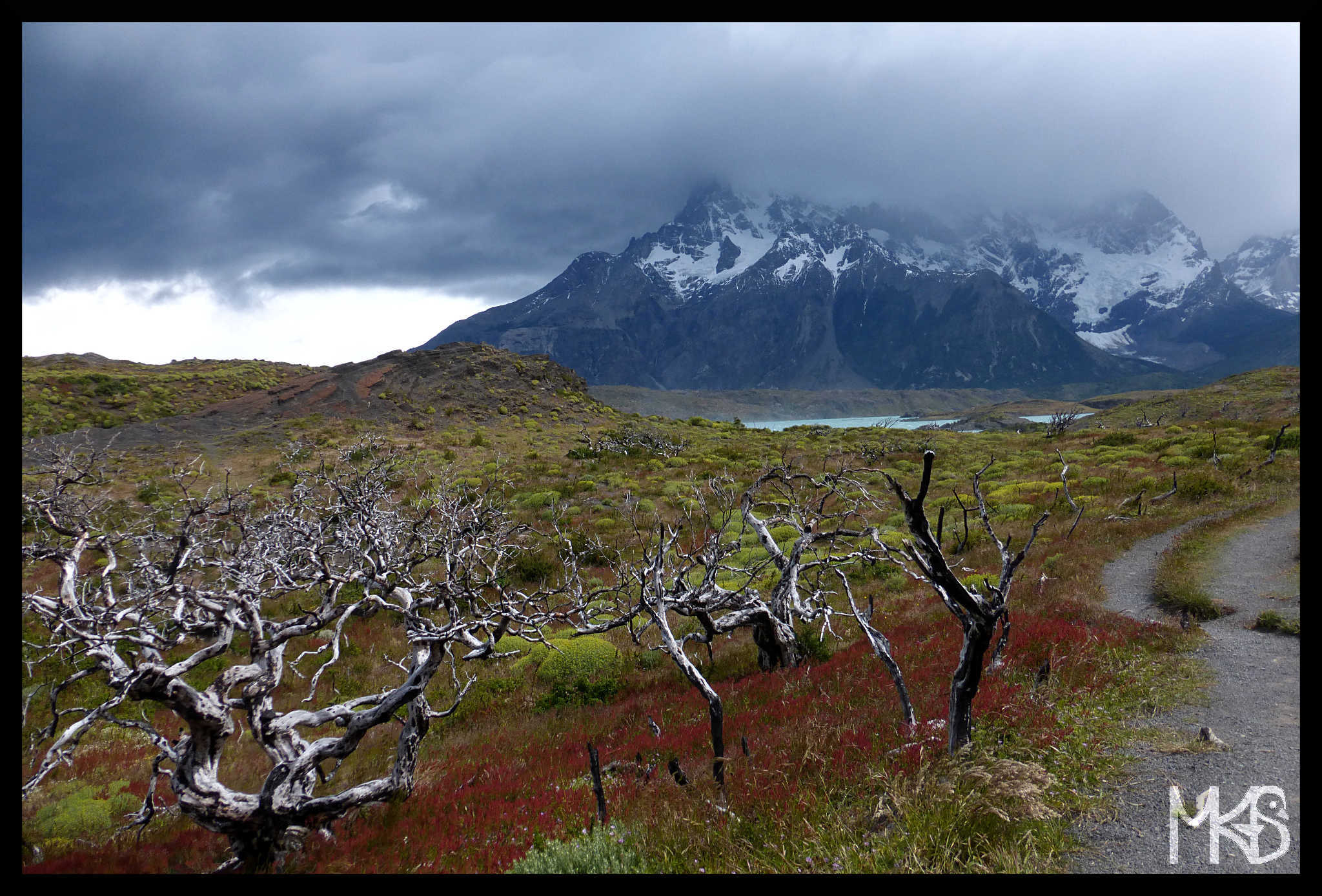
Patagonia is a region in the extreme south of Chile.
Well, it’s also a part of Argentina, but this time I’ll focus on Chile. When I had on my blog a month about Argentina, I was showing you many pictures from Patagonia. From my point of view, Patagonia is one of the most beautiful places in the world. So I can only encourage you once more, to go there. 🙂
p.s. The best season for visiting Patagonia lasts from October until April.
__________________________________________________________
Patagonia to region na południu Chile.
Część Patagonii znajduje się także w Argentynie, ale ten miesiąc ma być tylko o Chile. 😉 Argentyna już była na moim blogu i wtedy też pokazałam Wam wiele zdjęć z mojej ukochanej Patagonii. Więc dzisiaj jeszcze raz Was namawiam aby wybrać się w te rejony. 🙂
p.s. Sezon na zwiedzanie Patagonii trwa od października do kwietnia.
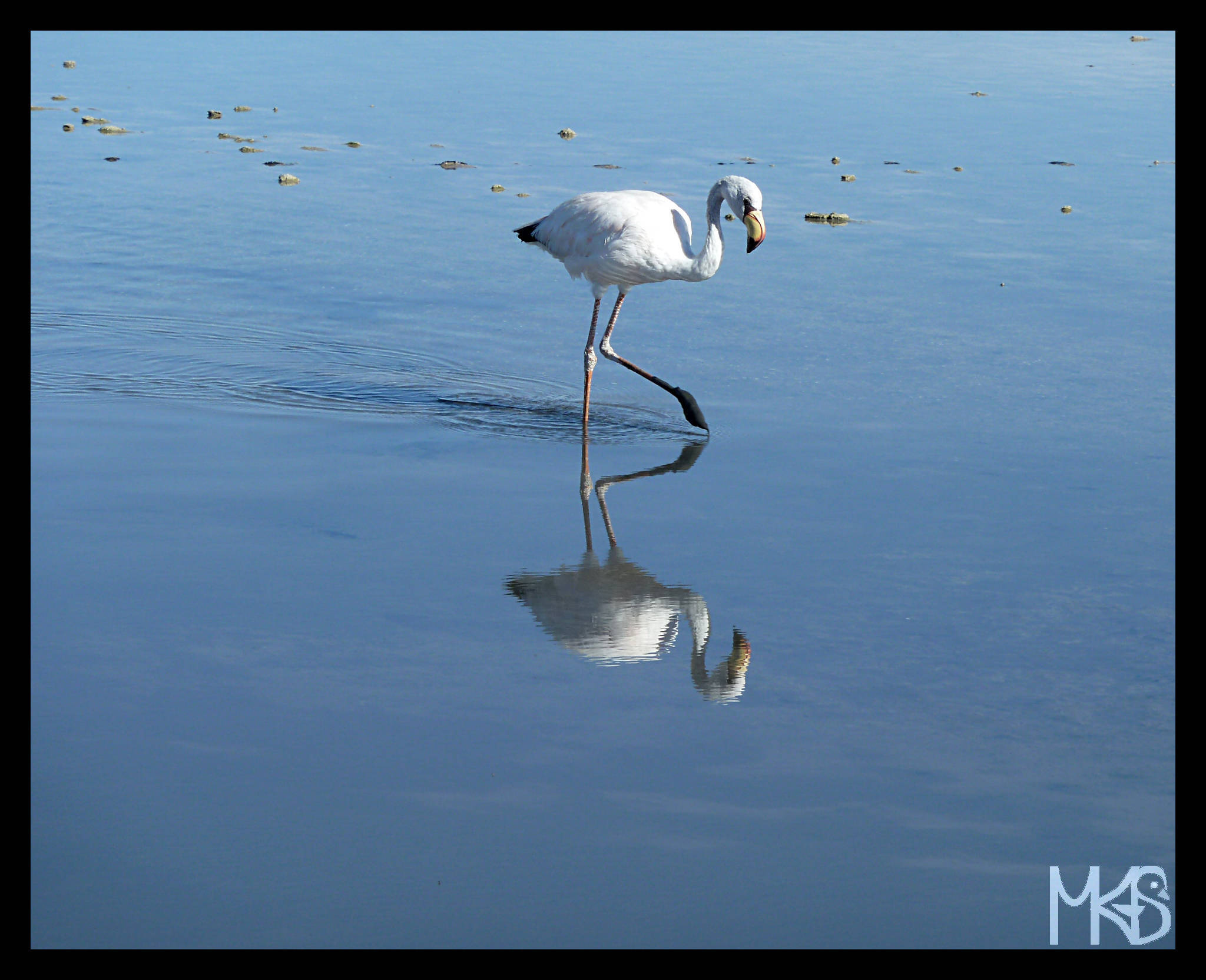
In Chile, for the first time I saw soooo maaaaaany flamingos.
And also here, I learnt what’s the color of its feather. 😉
There are three kinds of flamingos in Chile: Andean, Chilean, and James’s flamingo. All beautiful. 🙂
__________________________________________________________
W Chile, po raz pierwszy widziałam tak duuuużo flamingów.
I wtedy też dowiedziałam się jaki jest właściwie kolor ich piór. 😉
W Chile, możecie spotkać trzy rodzaje flamingów: andyjskiego, chilijskiego i krótkodziobego.
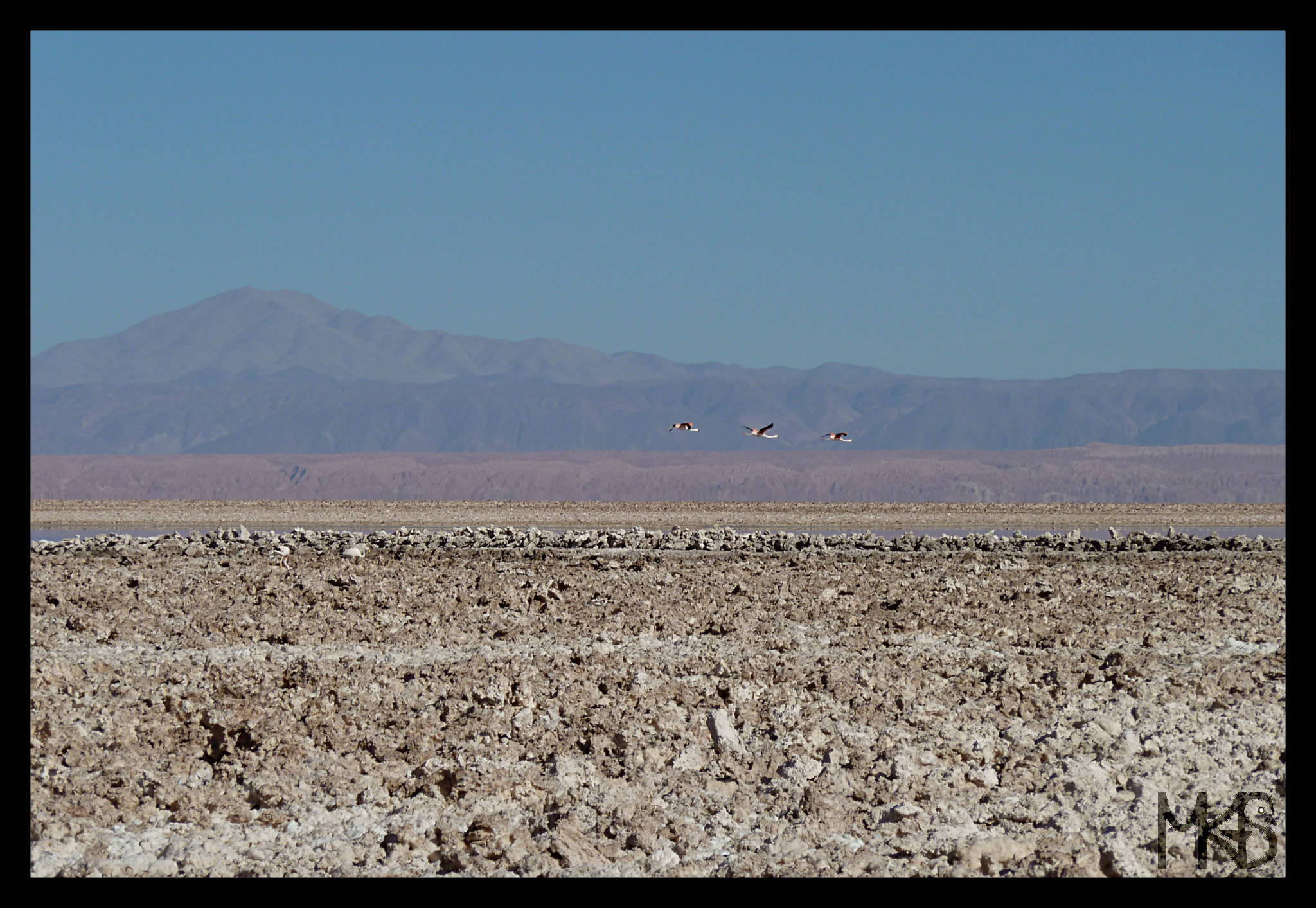
Today, I’m showing you another great site of the Atacama Desert that you can (or should 😉 ) visit while being in San Pedro de Atacama. Salar de Atacama, it’s the largest salt flat in Chile located at about 2300 m above sea level.
Full of salt, flamingoes, surrounded by mountains, volcanoes… – simply, a beautiful world. 🙂
__________________________________________________________
Dzisiaj, koleje piękne miejsce z Pustyni Atakamy, które możecie (albo wręcz powinniście 😉 ) odwiedzić będą w San Pedro de Atacama. Salar de Atacama to największe solnisko w Chile, znajdujące się na wysokości około 2300 m n.p.m.
Spodziewajcie się widoków na “sól”, flamingi, góry, wulkany itp. Ja byłam zachwycona. 🙂